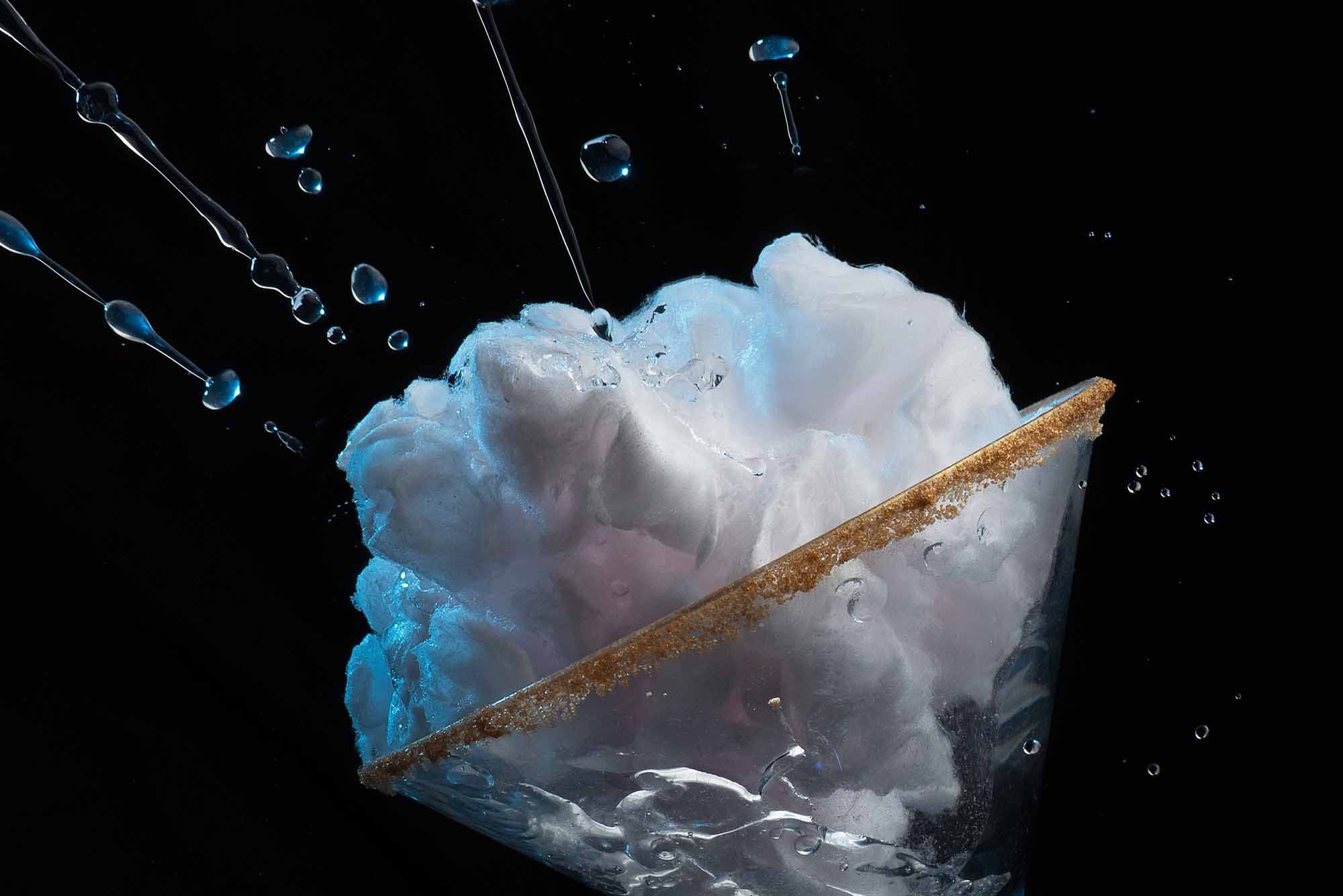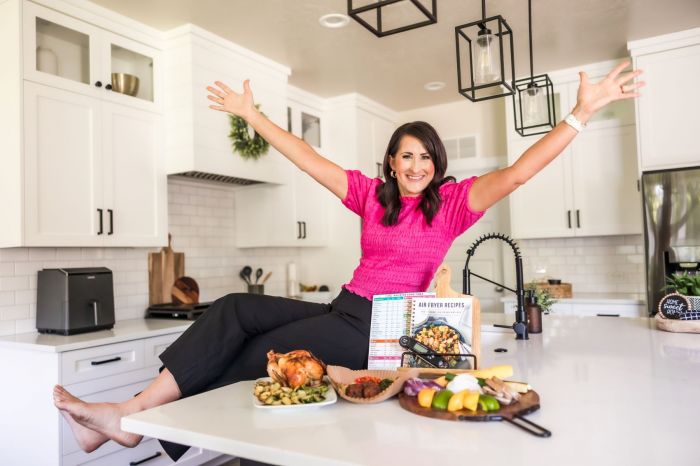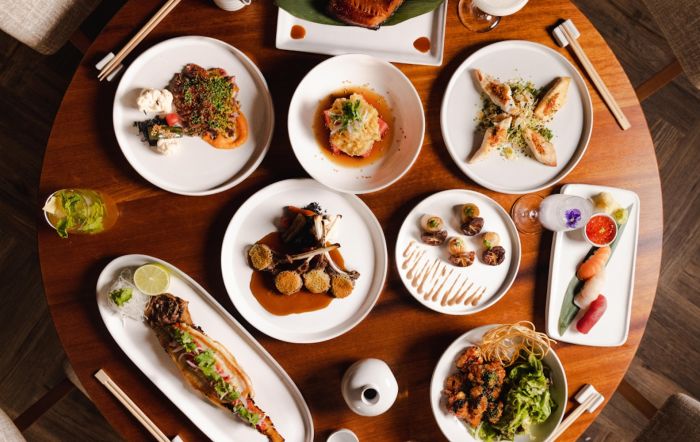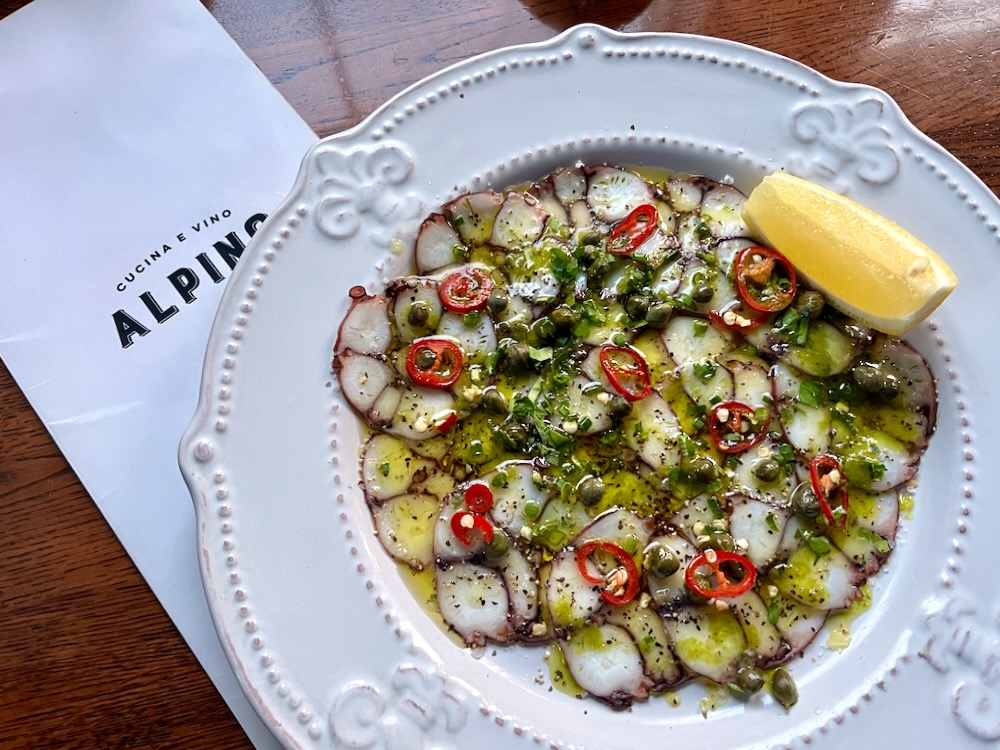
To say that the definition of luxury has morphed repeatedly in recent times would be an understatement. From packaging to branded experiences, buying methods and marketing channels, luxury is a sector under constant evolution. This growth is being driven, not by the brands who supply products, services and experiences, but by the wealthy masses which gobble up luxury with gusto and determine the pace and direction of how the definition of luxury will transform next. One of the latest trends to drive this evolution is that of “Sensploration,” most recently investigated and dissected via a partnership between Diageo World Class (consumer goods conglomerate and organizer of the World Class competitions) and The Future Laboratory, one of the world’s most renowned future consultancies.
The collaborative World Class Cocktail Futures report has revealed sensploration as the next big thing transforming the luxury goods and services sphere, with the trend impacting the global alcoholic drinks market, which is projected to grow at a compound annual growth rate of 1.49 percent in terms of volume and 3.16 percent in revenue over the next three years, according to the study.

For the purposes of the World Class Cocktail Futures report, the term “sensploration” has been coined to describe a multi-sensory journey which focuses on every aspect of the cocktail experience, not just the taste. In this new multi-sensorial world, bartenders are using sensploration to create cocktails that defy comfort levels, push taste boundaries and explore every sense.
The research confirms that with the cocktail market expanding at a rapid pace, there is an increasing need for luxury providers to diversify in new and alternative directions. Interestingly, the findings also reveal that tapping into all the senses creates a more emotional connection with cocktail drinkers. In support of this, a study by Oxford University found that even the type of receptacle a cocktail is served in can influence the expectations and flavor perception of a drink. The study also found that altering the environment within which the drink is consumed can enhance the taste and enjoyment of spirits like whisky by up to 20 percent.

Commenting on this developing trend, Ian Cameron, Creative Brand Director at Bompas & Parr, a drinks creative studio from London, explains: “We all live in a multi-sensorial world all the time. But I think what we’re becoming cleverer at is manipulating those factors and being able to amplify and play up certain qualities, whether it’s sonic, audio or visual, for a particular purpose.”
When it comes to embracing new technologies, the report highlights the opportunity that virtual reality and augmented technology provide when it comes to stimulating the senses like never before and pushing the cocktail experience even further, with the consumer virtual reality market expected to grow from $90 million in 2014 to $5.2 billion by 2018. Plus, with experiential luxury accounting for 56 percent of sales, cocktail drinkers are primed and ready to spend more on augmented, boundary-less cocktail experiences.

In this vein, bartenders, bars and restaurants are reacting to the rising trend of sensploration by exploring new and innovative ways in which cocktails can be consumed and presented, with “cocktail journeys” now filled with surprises, twists, turns and elaborate sensory elements.
Going into more detail, as part of an exclusive interview with Luxury Society, Diageo expanded on this and revealed that their research shows that “consumers want to unlock their taste buds and experience flavors with a new intensity.” For example, Johnnie Walker and Bompas & Parr created an audio-visual simulation to change people’s taste experience through six essential flavor characteristics. By manipulating the images and sounds people heard, their taste perception was changed. The images and sounds corresponded in a manner scientifically proven to influence the perception of taste. Extensive sensory research with Professor Charles Spence from Oxford University formed the scientific basis of this experience.

Another great example is a Piña Colada created by The Bump Caves bar in London, known as the “Schiz-A-Colada,” made from pineapple crème Anglaise and presented with a coconut cigarette. Before drinking the cocktail, drinkers inhale the vapor from the cigarette for a more intense coconut flavor, creating a full experience for the consumer.
Furthermore, at the 2015 Diageo World Class finals, Refaat Ghostine of Lebanon created “The Cure,” which captured the spirit of Africa in a cocktail. Mixologists like Refaat are beginning to explore the emotional aspects of a drink and the impact they have on a consumer’s choices, taking them on a journey.

Illustrating the impact of visuals on the perception of luxury and demonstrating how even the type of receptacle adds to the embodiment of luxury, this year’s Diageo World Class Bartender of the Year competition demonstrated the importance of the cocktail vessel, with all types of materials, shapes and sizes used at the event. “One bartender even used magnetic technology to create a levitating cocktail,” Diageo explains. “Bars are now collaborating with design studios to give a more important role to the cocktail vessel, reinventing them to further impact and enhance the cocktail experience. Here at World Class, we’ve seen a flurry of exciting and unusual cocktail vessels in the future, as the sensploration trend continues to grow.”
Delving into the evolution and psychology of the trend, Digeo reveals that sensploration is a trend that emerged in the late ‘90s as a psychological science meant to explore the senses and how they interact. “This research triggered a reaction and more progressive thinkers in different fields started to explore how sensory stimulation can change how we feel. Sensploration today is driven by consumers who feel overwhelmed by the amount of data and information that is targeted at them on a daily basis. We constantly look at screens and see adverts everywhere we look, which has led to dulled senses. People want to leave behind the rational thinking and feel that their senses are truly stimulated.”

Overall, the World Class Cocktail Futures report further illustrates how consumers are becoming more discerning and inquisitive. In modern society consumers are less concerned with brand and value, and more concerned about experiences and the emotional impact they can deliver, as we can see from the trend of sensploration, Diageo adds. “These trends illustrate how the term ‘luxury’ is evolving to match the changing interests of consumers. Our report revealed an evolution in luxury and found that there has been a shift from product to experiences with 56 percent of luxury sales now being luxury experiences. In addition to this, YouGov [research firm] has found that this Christmas 48 percent of luxurians intend to gift an experience rather than a product. These findings point towards a shift in the consumer mind-set, where consumers are now valuing experiences over product. Generation Y strongly embody this notion, showing that ownership is not as important to them as it was to previous generations.”

Given affluent consumers’ yearning for more personalization and the need for a more emotional connection—in a broader sense, not just on the cocktails scene—Diageo also agrees that it is now more essential than ever for luxury brands across the board to know their consumers intimately and tap into their brand DNA to deliver excellence, regardless of their background or product. “Driven by consumer expectations, people now expect brands to personalize and customize their products and services to their desires. Consumers are very aware brands collect their data for marketing purposes and they know the different technologies available to customize and tailor products. Therefore, it is vital for companies to invest in understanding their customers, their thoughts, needs, wants, desires and behaviors. In the luxury drinks market particularly, knowing the psychology and DNA of your consumer is increasingly relevant.”
In response to whether this trend is set to go global, Diageo says it’s a definite yes. While developed and Western nations are at the forefront of sensploration, the speed at which the world catches on and each nation’s interpretation of the trend, will depend on a number of factors. “Given the drivers behind sensploration, we believe this is very much a global trend, with countries such as the UK, Russia, France, South Korea, Brazil and China already experimenting. We expect this list to continue to grow,” the company states.

“Of course the speed at which it will be adopted depends on the market due to different facilitators, such as available technology and expertise. The expression of sensploration will also depend on the local market, because trends are adapted differently in different places.” Furthermore, sensploration has been exposed as having a particular appeal among the coveted and lucrative Millennials segment—a major target for most luxury providers looking towards the future. According to the report, 70 percent of United States-based Millennials now look for experiences that “stimulate their senses,” with more than half explaining that they feel increasingly disconnected from the physical world.
If you needed any proof as to the success of the sensploration concept on a wider scale, you need look no further than the Sublimotion bar at The Hard Rock Hotel in Ibiza. Launched in 2014, the avant-garde restaurant concept is classed as one of the most expensive restaurants in the world and described as an emotional “theater of the senses.” It seats only 12 guests per night and costs around €1,500 ($1,645) per person for an evening of gastronomy, mixology and technology.

Described by the Telegraph UK as “a marriage of food and technology,” the experience includes self-mixing cocktails, vivid 360-degree projections, a fantastical whirlwind of temperature, scents, projections and, ultimately, trickery of the mind and palate. In addition, every surface, from the walls to the table, can be projected on to, with waiting staff transformed simultaneously into technicians, musicians and illusionists. The food, reimagined by Michelin-starred chef Paco Roncero, is deconstructed within an inch of its life, molecularised, morphed by spherification and (of course) blasted by liquid hydrogen. Sensploration indeed.
We could stop there, but moving past the food and drinks scene, in response to the rise of sensploration as a concept, “early adopter” luxury brands outside of the cocktails and hospitality arena have also begun to integrate sensploration into their operations. When we discuss sensploration, we’re obviously talking about the senses—not just taste, but also touch, texture, visual stimulation and smell. This was the driving force behind German firm Symrise’s latest research, exploring the lifestyle and fragrance preferences of younger consumers. The study found that young Millennials and Generation Z have grown up in a digital world, which means they approach fragrance consumption differently. In order to produce more targeted products for the consumer, suppliers need to stay on top of these trends.

‘Exhibit A’ of luxury brand exploration of sensploration in this case could very well be Italy’s Prada perfumes, which illustrated the contradictory qualities of each of its scents in its Olfactories fragrance collection through a series of still life collages. For each of the 10 “potent concoctions of the unexpected,” Prada created a collage to interpret the notes in a tangible way. With each of the scents sold in the same rectangular glass bottle, this digital campaign created a visual means for consumers to explore the range.
Similarly, department store chain Bloomingdale’s recently took consumers on a multi-sensory exploration of the Christmas season through its flagship window displays. Designed by Jeff Leatham, the windows feature classic winter figures recreated in his “rock and roll florist” aesthetic to reach consumers through sight, sound, scent, touch and taste. Through its interpretation, Bloomingdale's went beyond the static display to add new layers of interactivity to surprise and delight its customers—as all retailers with that kind of scale and budget should be doing these days.

Moving from Europe to China, a recent report by Luxury Society media partner Jing Daily also delved into how China’s malls are being continually reinvented in both the digital and lifestyle arenas, with everything from new mobile technologies to art exhibitions. While this may not immediately make you jump to a sensory conclusion, consider the fact that when we say sensploration, we’re talking about providing an experience which appeals to all senses, including visual, and an art collection in a shopping center certainly ticks that box.
As Jing Daily explains, “Cultural elements such as art exhibits have been brought into upscale malls to attract a discerning clientele. One of the biggest examples of these is Shanghai’s K11 Art Mall, which features a 3,000-square-meter gallery housing exhibits of works by high-profile artists, including Monet and Dali. In addition, a growing number of luxury retailers is embracing food service, such as Gucci’s new Shanghai restaurant and Vivienne Westwood’s new Shanghai cafe.”

The point we’re pushing here is that you need to excite your customers, whether that is through sensploration or EX-ploration of new techniques, innovative product, exciting marketing and media channels and overall, experiences which surprise and delight. For the luxury sector, your job is made a little harder, because the bar is a lot higher. But hey, who doesn’t like a challenge? Go for it. Surprise us. We wait with bated breath.














